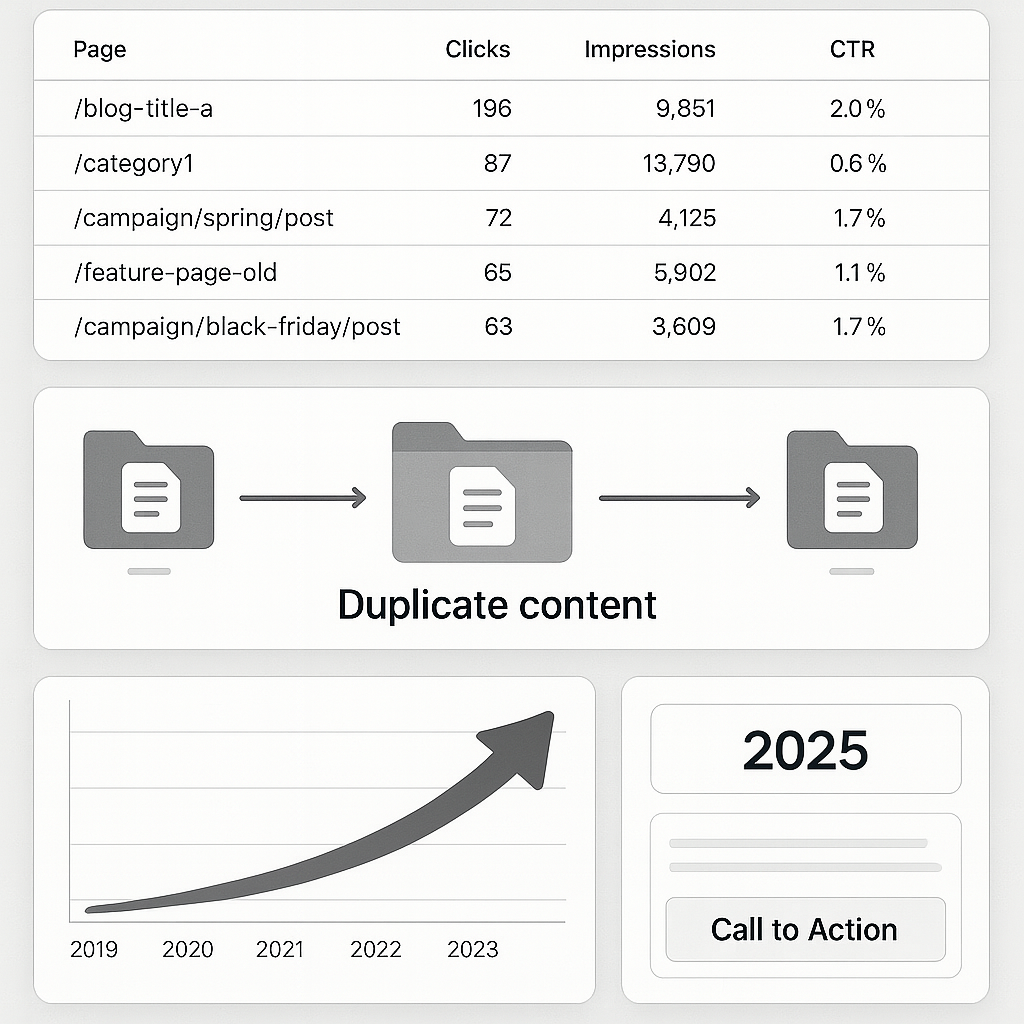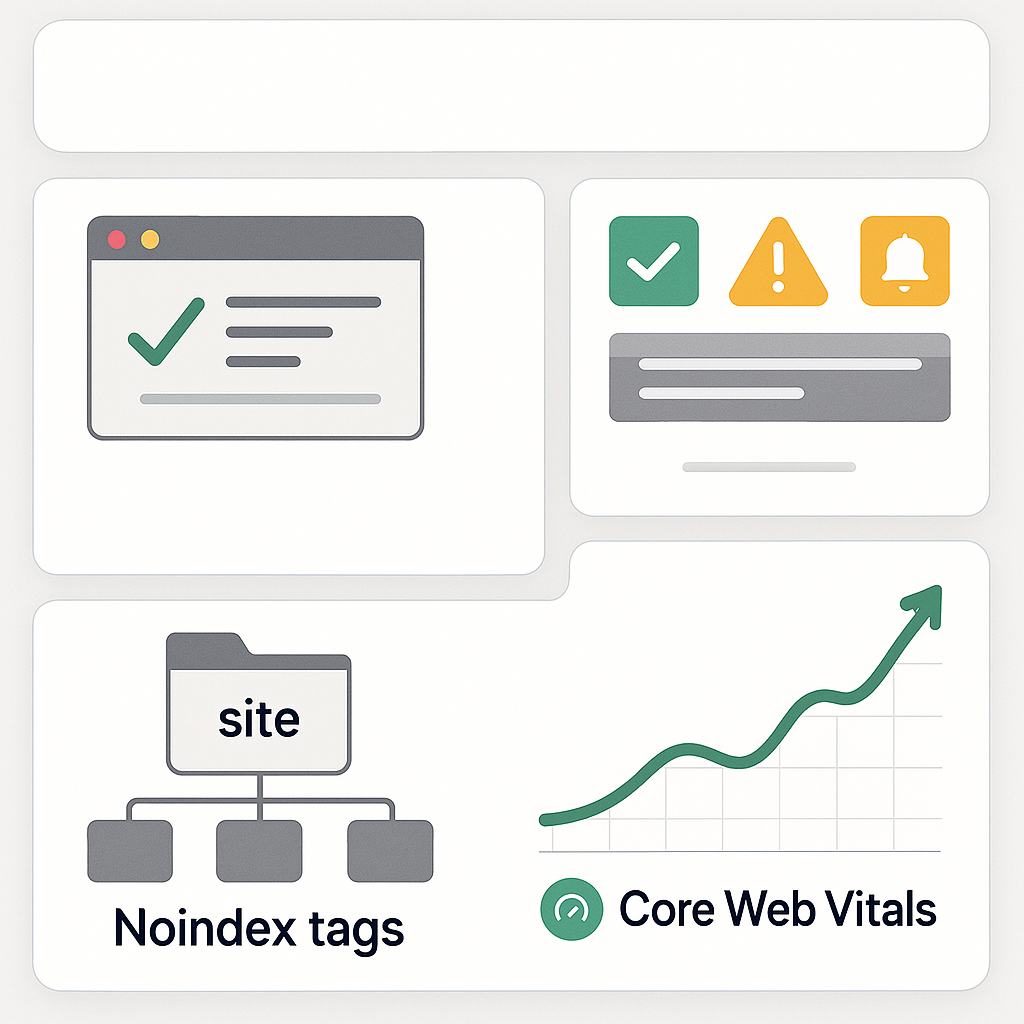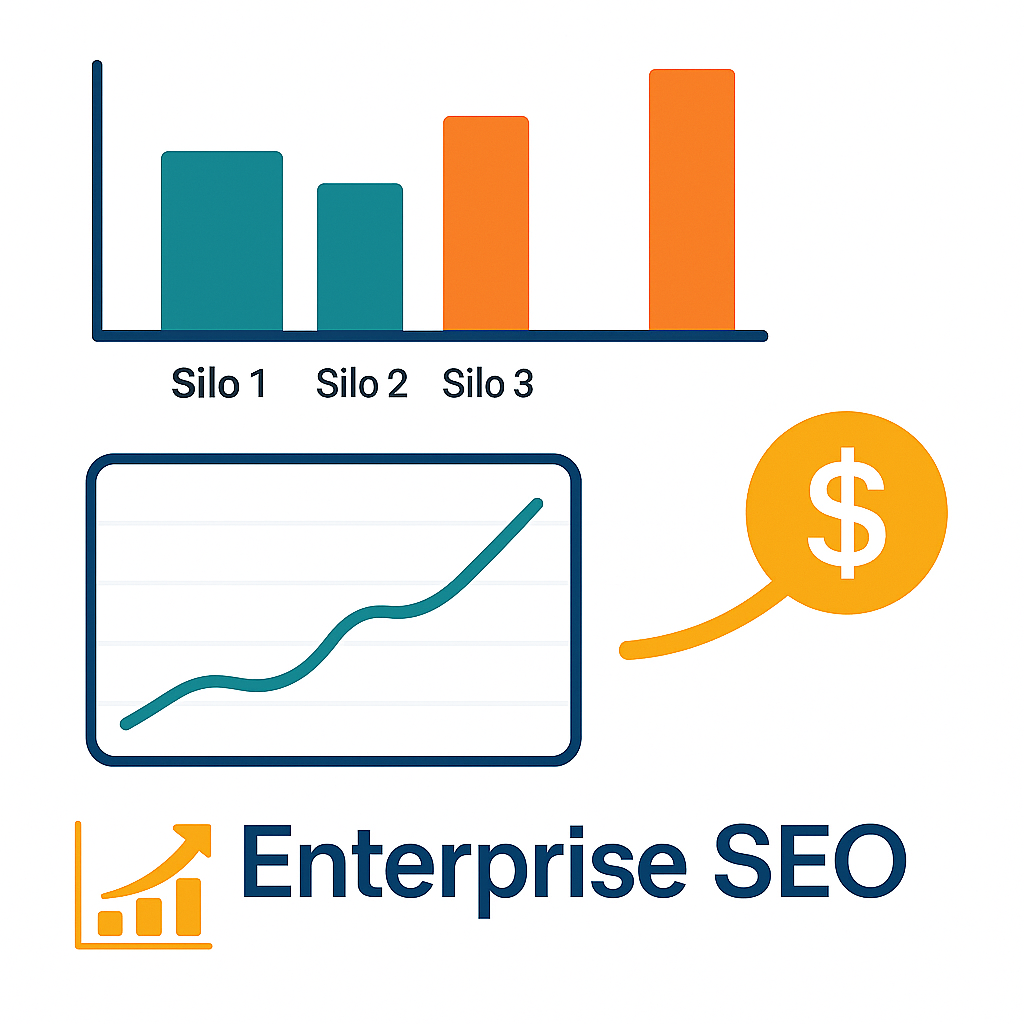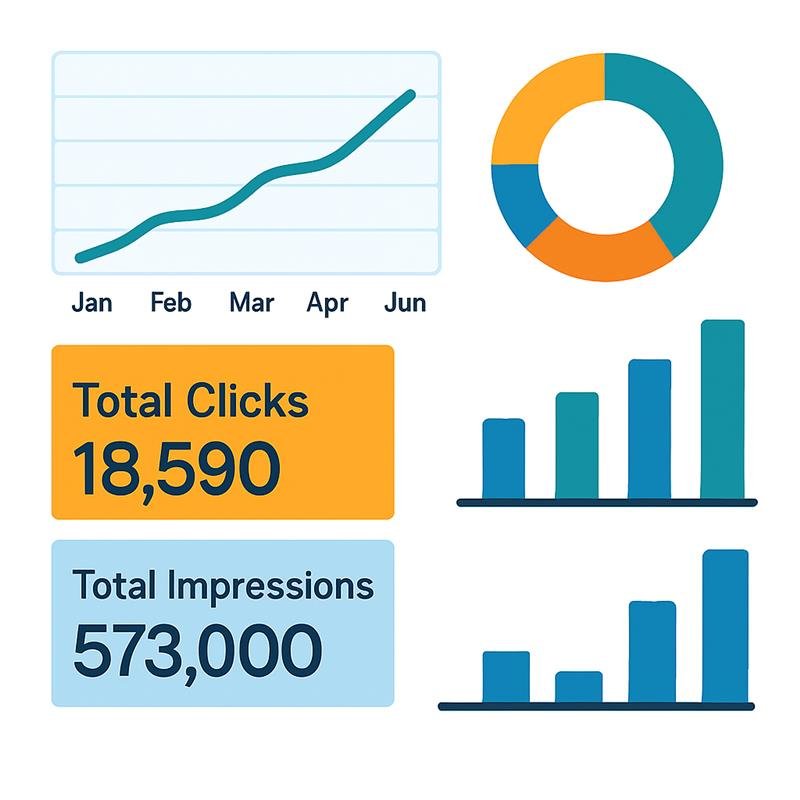🔍
Enterprise SEO Strategy: How to Build a Search Plan That Scales
Master the art of scaling SEO across complex websites to drive consistent traffic, visibility, and long-term growth.
Written byChitranshu Sharma
July 10, 2025
- Home
- Blog
- SEO
- Enterprise
- Enterprise SEO Strategy: How to Build a Search Plan That Scales
Quick Nav
Let’s get something straight: enterprise SEO isn’t just SEO… with more pages. It’s not a bulk job. It’s a political, technical, logistical, and often deeply frustrating exercise in patience, timing, and navigating egos.
You’re not optimizing a website. You’re steering a machine with a hundred drivers, and half of them think they know better than you.
And you still have to deliver.
Honestly? Most “enterprise SEO strategies” I’ve seen out there read like college textbooks. Step one: keyword research. Step two: site audit. Step three: blah blah blah.
That’s not how this works. Not at scale. Not when every change has to be signed off by product, reviewed by legal, squeezed into dev sprints, and somehow aligned with three concurrent marketing campaigns.
Real talk? You’ll spend more time in meetings than insideSearch Console.
What Actually Matters is Your Business
Forget keywords for a second. Seriously. They’re important, yeah—but they’re not where you start.
Start with the business. What are they trying to move? Revenue from Europe? Adoption of a new SaaS feature? Market share in a new vertical?
Because if you build your SEO plan without knowing where the business is going, congratulations—you’re just adding traffic to the void.
I worked with a fintech once. Their blog traffic was exploding, and the CEO still called SEO a “nice to have.” Why? Because we were ranking for educational terms that had nothing to do with their core funnel. Lesson learned.
Tie everything—content, audits, prioritization—back to actual goals. Otherwise, you’ll be the first budget to get cut.
Enterprise Audits Are Never Just About Technical Errors
Yeah, you’ll find redirect chains, bloated navs, five-year-old XML sitemaps. That’s a given. But the gold’s in whatisn’tbroken, yet still hurts you.
You’ll see it in duplicated content living under different campaign folders. Or blog posts cannibalizing category pages. Or that one feature page from 2019 that still ranks, but has the wrong branding and a CTA to a discontinued product.
The trick? Look past the obvious errors. Start asking: “Whatused to workbut doesn’t anymore?” That’s where you’ll usually find the leverage.

Content? Most Enterprise Sites Are Drowning in It
The average big-brand site has more content than anyone reads. It’s a mess. Old landing pages, half-baked blog posts, 17 versions of the same FAQ because three different teams thought it was their job to publish it.
And still, someone’s pitching a “content sprint” to crank out 100 new pages next month. Why? Because volume feels like progress.
Here’s the thing: content isn’t about howmuchyou publish. It’s about whatstill deserves to exist.
Audit what you have. Find the stuff that ranks but doesn’t convert. Combine it. Trim it. Refresh it. I’ve seen 3X traffic lifts just by consolidating four mediocre posts into one useful one.
Content isn’t about speed. It’s about clarity. And restraint.
Technical SEO at Scale
When it works, no one notices. When it breaks, everything stinks.
On a small site, you can manually catch issues. But at scale? You need systems. Monitors. Alerts. Guardrails.
Otherwise? Someone deploys a new template, and suddenly 18,000 pages have noindex tags. Yes, that happened.
Architecture matters more than any title tag. Your job is to make sure search engines can find, crawl, andunderstandyour site—without burning their crawl budget on junk.
And speed? Non-negotiable. Especially on mobile.Core Web Vitalsdidn’t invent the need for speed—they just gave everyone a number to argue about.

International SEO is Important
If you’re operating in more than one language, good luck. It’s chaos.
Hreflang sounds simple until you realize your CMS handles localization through a plugin written in 2012, and your URLs don’t even follow consistent patterns.
Worse, people think translation is localization. It’s not.
Users in the UK search differently than users in the US. Germans might care more about specs. Latin American buyers want local pricing. You can’t slap Google Translate on your content and expect to rank—or convert.
Real international SEO? It’s about empathy. About understanding what each marketactuallywants. And giving it to them in their own language, tone, and intent.
Enterprise SEO and Silos
This might be the most important part—and the hardest to fix.
If your SEO team lives in isolation, you’re screwed.
You need product on your side. Devs in your corner. Legal not blocking every headline rewrite.
And that only happens if people understandwhySEO matters.
Explain it in their language. For product, talk user flow and conversion. For legal, show how poor visibility increases reliance on paid spend. For C-suite? Tie it all back to revenue and risk mitigation.
You’re not just optimizing pages. You’re influencing culture. Slowly. Repeatedly. Over time.

Automation Helps—but Don’t Get Lazy
Enterprise SEO without automation is unmanageable. Youneedtools to flag problems before they explode.
But here’s where people go wrong—they automate withoutthinking. They set up dashboards, alerts, crawls… and never interpret them.
Tools are mirrors. They show you what’s happening. They don’ttellyou what to do.
Still gotta use your brain. Still gotta ask the “why.”
Enterprise SEO Reporting is Super Critical
Your stakeholders don’t care about crawl stats or impressions.
They care about business outcomes. So talk about leads. Pipeline. Revenue. Cost savings.
Make the impact of your work undeniable. Visual. Digestible.
And share wins fast. Don’t wait for quarterly reports. Drop a quick Slack message when a fix leads to a rankings jump. Build momentum.
SEO is slow—but perception doesn’t have to be.

Stuff Will Break But That’s Just Okay
You’ll lose rankings. Google will roll out another update. Someone will delete a top-performing page because “it felt old.”
It’s not about keeping things perfect. It’s about how quickly you catch issues—and how clearly you communicate fixes.
Stay calm. Stay curious. Stay in the loop.
One Last Thing
Enterprise SEOisn’t about chasing Google. It’s about embedding search into the DNA of a company that wasn’t built to think that way.
You’ll face resistance. You’ll hit walls. Some days it’ll feel like no one cares.
But when it clicks—when SEO becomes part of the product planning, the content roadmap, the boardroom slides—you’ll see real impact. The kind that lasts.
And yeah, it takes time. But that’s the job.
Chitranshu SharmaA growth strategist, digital marketing consultant, and the founder of Growzify, a performance-driven agency helping brands dominate search, shape perception, and build sustainable online visibility. With 8+ years of hands-on experience in Enterprise SEO, Online Reputation Management (ORM), and AI-led traffic generation, Chitranshu has helped startups, public figures, SaaS companies, and cannabis brands outrank competitors — ethically and at scale.
Explore More Articles
🔍
What is SEO in the Pharmaceutical Industry?
What is SEO in the Pharmaceutical Industry? In a highly regulated and competitive field, strategic...
September 9, 2025Pharma
🔍
What is the Difference Between Enterprise SEO and Traditional SEO?
What is the Difference Between Enterprise SEO and Traditional SEO? Enterprise SEO focuses on optimizing...
September 8, 2025Enterprise
🔍
Guide to Enterprise SEO Services for Corporates
Guide to Enterprise SEO Services for Corporates This guide explores how large businesses can leverage...
September 2, 2025Enterprise
🔍
Does SEO Work for Restaurants?
Does SEO Work for Restaurants? SEO absolutely works for restaurants by helping them appear in...
September 1, 2025Restaurant
🔍
Why Your Pharma Company Needs SEO
Why Your Pharma Company Needs SEO Pharma Company SEO is essential for building online trust,...
August 26, 2025Pharma
🔍
How Does an SEO Company Make SEO Work for Pharma Businesses?
How Does an SEO Company Make SEO Work for Pharma Businesses? An SEO company helps...
August 25, 2025Pharma
🔍
Celebrity Reputation Management Guide: Bouncing Back from Defamation
Celebrity Reputation Management Guide: Bouncing Back from Defamation Written by Piyush Sehgal Reviewed by Chitranshu...
August 20, 2025ORM











